5 Ways Golf Cart GPS Technology Helps Superintendents
5 WAYS GOLF CART GPS TECHNOLOGY HELPS SUPERINTENDENTS
According to USGA research, course conditioning is one of the top three factors impacting a player’s enjoyment of a round, as well as their post-round sentiment.
Similarly, the 2022 NGCOA Pulse report, polling course owners and operators, named course conditioning as the most crucial factor affecting the player experience.
Recent advancements in golf cart GPS technology and the rise of on-course optimization systems like Tagmarshal have enabled superintendents and maintenance teams to operate more efficiently. This also extends to their budget, getting the most out of the resources at their disposal and offering golfers the best player experience possible.
“It’s not only the staff hours saved, but Tagmarshal is a tool in their hands to make their employment experience better. Do they have the tools to be successful at their jobs? Now the answer is yes.”
Mike O’Reilly, PGA Head Professional Whistling Straits
Every year, a hefty chunk of a course’s annual budget is allocated to conditioning, and costs associated with areas like fertilizer and irrigation have escalated. In the midst of all-around inflationary pressures and the difficulty of finding and retaining quality staff, golf’s popularity continues to increase and courses are seeing greater traffic.
Giving superintendents the tools they need to help their teams operate at maximum efficiency has never been more important. Managing expenditure in a way that both ensures profitability and keeps golfers happy will stand courses in good stead moving forward.
Here are 5 ways that golf cart GPS technology helps superintendents.
GOLF CART GPS SHOWS LIVE MAPS WITH PLAYER MOVEMENTS
Knowing where each playing group is on the course, with their movements tracked in real-time via golf cart GPS technology, is extremely beneficial to superintendents.
Teams can now identify gaps in the field to carry out maintenance work during the day, rather than after hours, doing so in a way that doesn’t impact the player experience. Those out on the course benefit from optimal course conditioning as they play through, without being forced to wait or watch on as the tasks are carried out.
From a superintendent’s standpoint, the benefits are multifold. Valuable staff hours can be redirected elsewhere when and as needed, freeing up time to focus on other important tasks and saving costs in the process.
“Tagmarshal’s system does all the work, allowing our team to be more efficient, using fewer staff to get things done.”
Danny Mulhearn, Head Golf Professional Glen Oak Country Club
GEOFENCING
The simplest way to protect sensitive areas like greens and fairways is to reduce traffic and make sure that players don’t access that turf.
That is easier said than done but now, golf cart GPS technology is helping superintendents find novel solutions to age-old problems.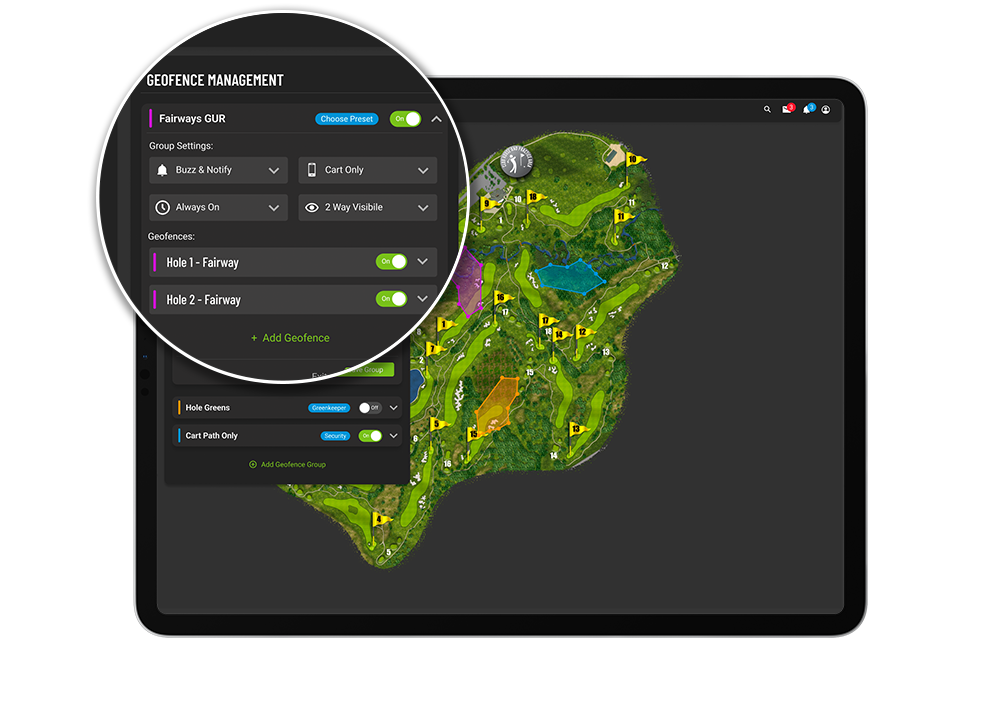
While signage is often ineffective, pinpoint accurate satellite tracking, coupled with the geofencing capabilities of optimization systems like Tagmarshal, has turned protecting turf into a modern science.
Once geofences are designed and activated, courses have recorded data of exactly where and when breaches occur. Having this readily on hand ensures players can be held accountable, driving increased compliance and making the jobs of a superintendent and their team just a little bit easier.
“The system makes people’s jobs more effective and more enjoyable and Tagmarshal is definitely saving us money, which makes managers happy and owners happy.”
Leo Lynne, Owner, The Medalist
Another advantage over signage is that golf cart GPS geofencing can be easily adjusted depending on the time of the day, the day of the week or certain weather conditions, so courses can react immediately to shifting conditions, saving labor hours and protecting turf.
There’s also the potential risk of cart theft after hours, which can now be mitigated as the cart can be tracked long after it had exited the facility.
GOLF CART GPS GEOFENCE BUZZERS AND ALERTS
Automation is currently a buzzword and golf cart GPS technology has opened up a world of possibilities on this front.
Whereas before, valuable labor hours would be needed to drive player compliance, software like Tagmarshal’s means that superintendents and course managers can automate all geofence alerts.
On carts with Tagmarshal’s geofence buzzers installed, the buzzer emits a loud warning sound as soon as the cart strays from a designated cart path or enters a restricted area. However, the cart will not disable via a ‘kill switch’ and once the cart has returned to a designated area, the buzzer will go silent.
Protecting turf needs to be done in a way that doesn’t adversely impact the player experience. Hard-stopping golf carts for marginal infringements or at invisible points in the golfer journey creates unnecessary frustration for players, and is a proven cause of complaints and negative post-round sentiment.
Instead, Tagmarshal’s system is set up to alert players as soon as they breach a geofence, giving them the opportunity to self-correct. The breach data is recorded and logged and can be easily accessed during or after a round. Superintendents can see exactly where and when these transgressions occurred so that they can focus their efforts on the turf that is most in need attention.
Different priority alerts can also be set, ranging from low to high, which are sent to team members as soon as a breach occurs. Depending on the urgency required, these can be sent via email, text message, or an automated emergency call.
On courses with Tagmarshal’s 2Way cart screens, players receive a notification rather than a buzzer alert. They must acknowledge the message before they can use functionalities such as to-the-pin yardage.
HEATMAP VISUALIZATION USING GOLF CART GPS
As groups move around the course, golf cart GPS tracking records their paths. The heatmap technology works by entering a course utilization time frame, which then depicts all collected geolocation data by carts and walkers that the system has tracked.
With usage heatmaps overlaid on top of each other at the end of a day or week, areas that are receiving high traffic become clearly visible.
Having access to a heatmap visualization is of huge benefit to superintendents who want to make informed decisions. This data touches on a number of areas where improvements and tweaks can be made to enhance the player experience, such as course setup and cart path policing.
Visible wear patterns reveal areas with the most traffic, which are the most at risk of soil compaction. The heatmaps also help with identifying areas where extra irrigation may be required, aiding sustainability efforts and minimizing costs where possible.
““I consider Tagmarshal a revolution in golf management. For the first time, we are 100% in control of what is happening on the course. On top of optimizing our course flow, we can empower our staff and have objective data to manage and continuously improve our operation.”
Kristoff Both, Director of Golf Club de Golf Alcanada
FULL LINE OF SIGHT AND GOLF CART GPS TRACKING OF MACHINERY
There’s nothing more frustrating than not having a handle on what’s happening on your course.
Real-time golf cart GPS tracking, like that championed by Tagmarshal, gives owners and superintendents full line of sight to effectively manage their operations. Instead of aimlessly driving around patrolling the field and managing employees, those in the clubhouse or pro shop can see exactly where their team is at any given time.
This means less wear and tear on carts and maintenance machinery, reducing the costs associated with upkeep. Industry-leading optimization software gives superintendents a detailed, aerial view of the mow patterns currently in place. Highly-detailed maps mean one can zoom in on specific greens or fairways in granular detail, opening up opportunities to spot areas where operational efficiencies could be implemented.
“Tagmarshal provides us with a bird’s-eye view of our operations, helping us to manage field flow and to allocate resources effectively, based on data.”
Jeff Symonds, Assistant GM and Senior Director of Operations Bandon Dunes Golf Resort
The extensive amount of data gathered can also be used to start discussions around hole, cart path and other course adjustments that could both benefit the player experience and help operations run optimally.
Modern-day courses have put a focus on being as environmentally conscious as possible, reducing their footprint and adhering to sustainable management practices. Reducing the amount of irrigation needed through a targeted approach achieves this and lowers what is usually an expensive line item on any budget.
Maintaining an immaculate course without breaking the bank, and under increasingly difficult inflationary and hiring conditions, puts superintendents under pressure.
By effectively utilizing industry-leading technological advancements, superintendents give their teams the tools they need to do more with the resources at their disposal.
ABOUT TAGMARSHAL
Tagmarshal, the market leader in on-course optimization technology, provides courses with full, real-time operational oversight and reporting, giving golf operators the tools to manage pace and flow of play effectively, resulting in enhanced player experiences, increased efficiency through automation, and additional revenue generation.
Tagmarshal’s technology has collected over 10 billion data points from more than 75 million rounds of golf and has relationships with in excess of 600 partners, including Hazeltine, Whistling Straits, Baltusrol, Fieldstone, Bandon Dunes, Serenoa and Erin Hills.
Tagmarshal partners with several golf management groups, private, daily fee, public and resort courses, including 40 of the Top 100 US courses, as well as many $40-$60 green fee courses, which are seeing excellent results using the system.

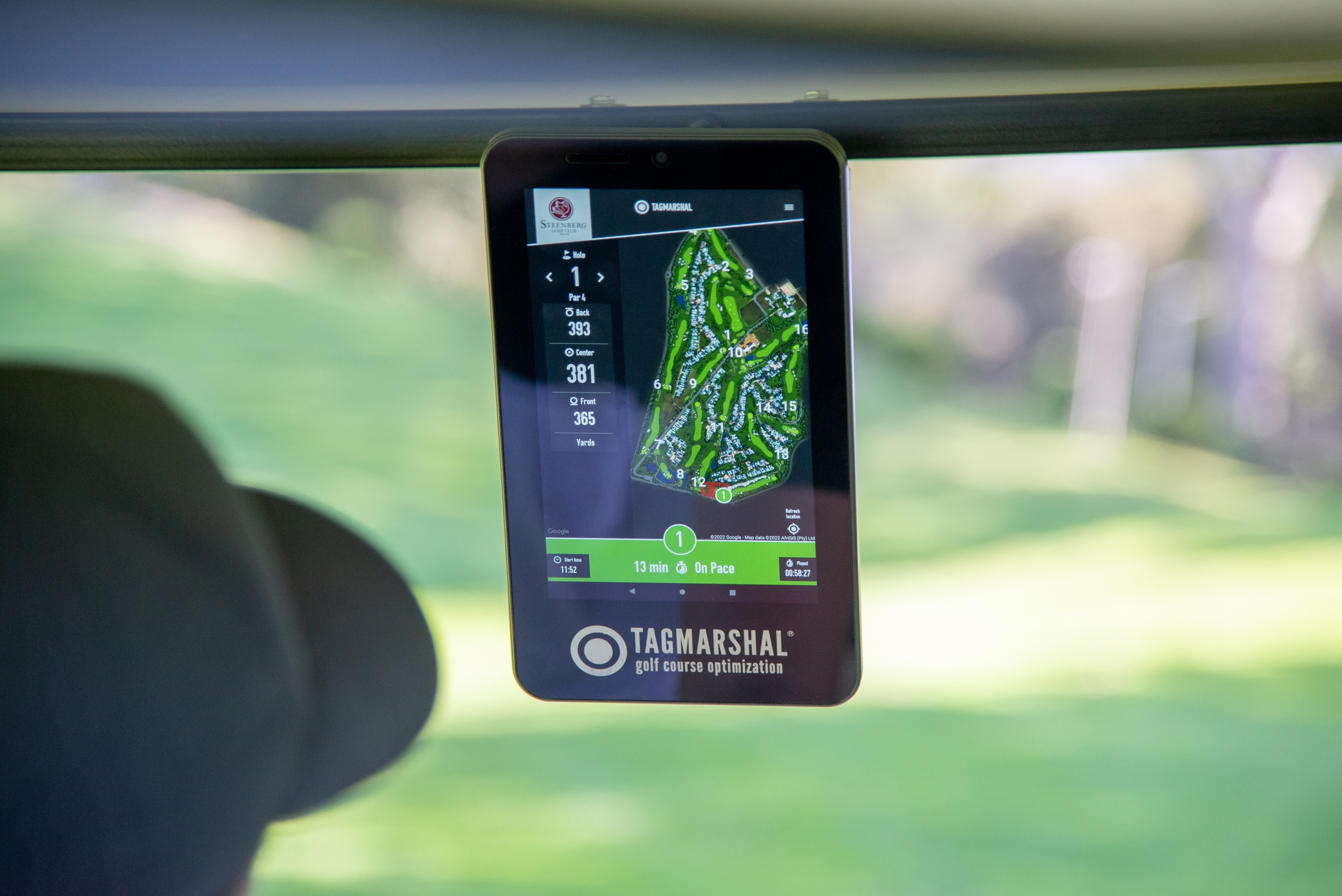
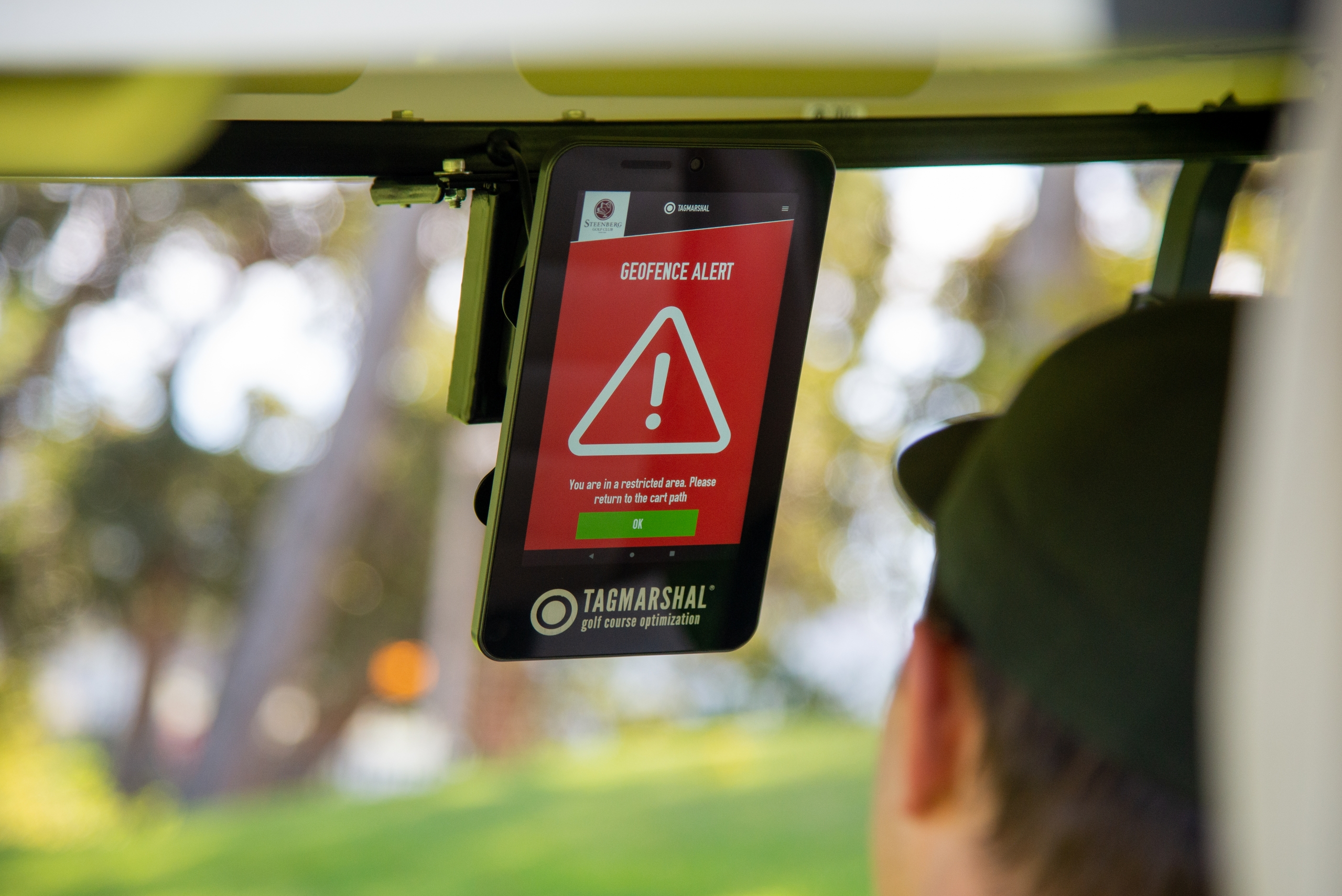
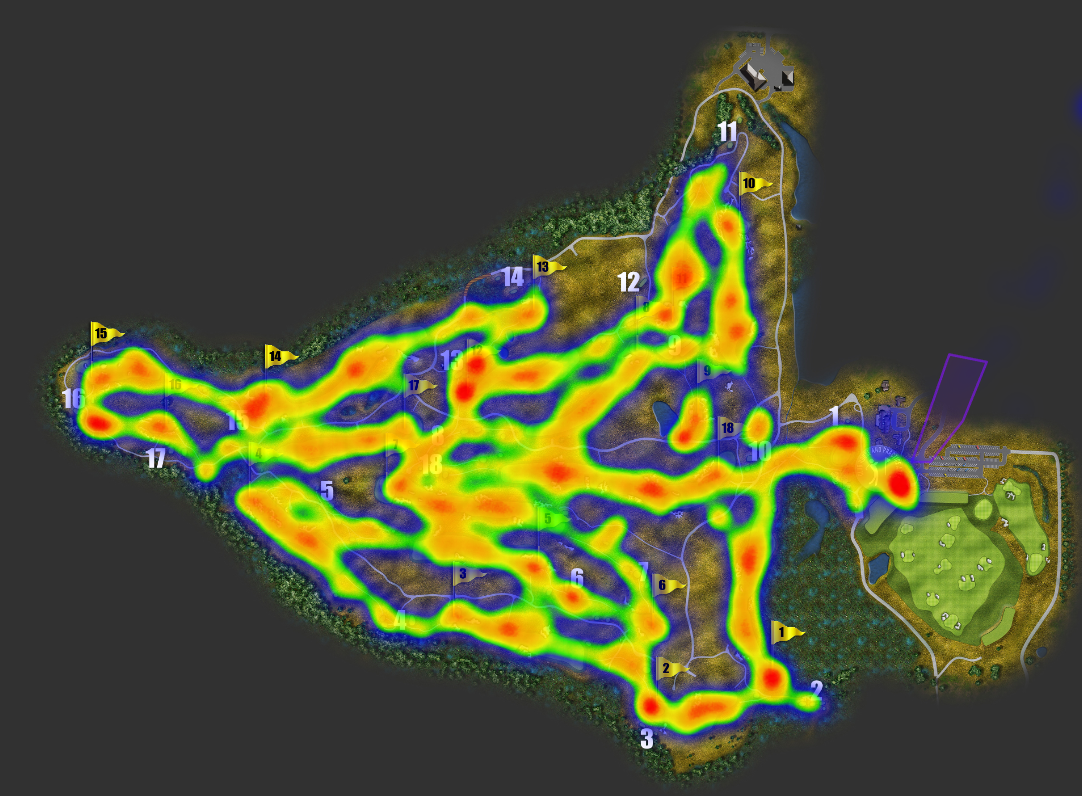
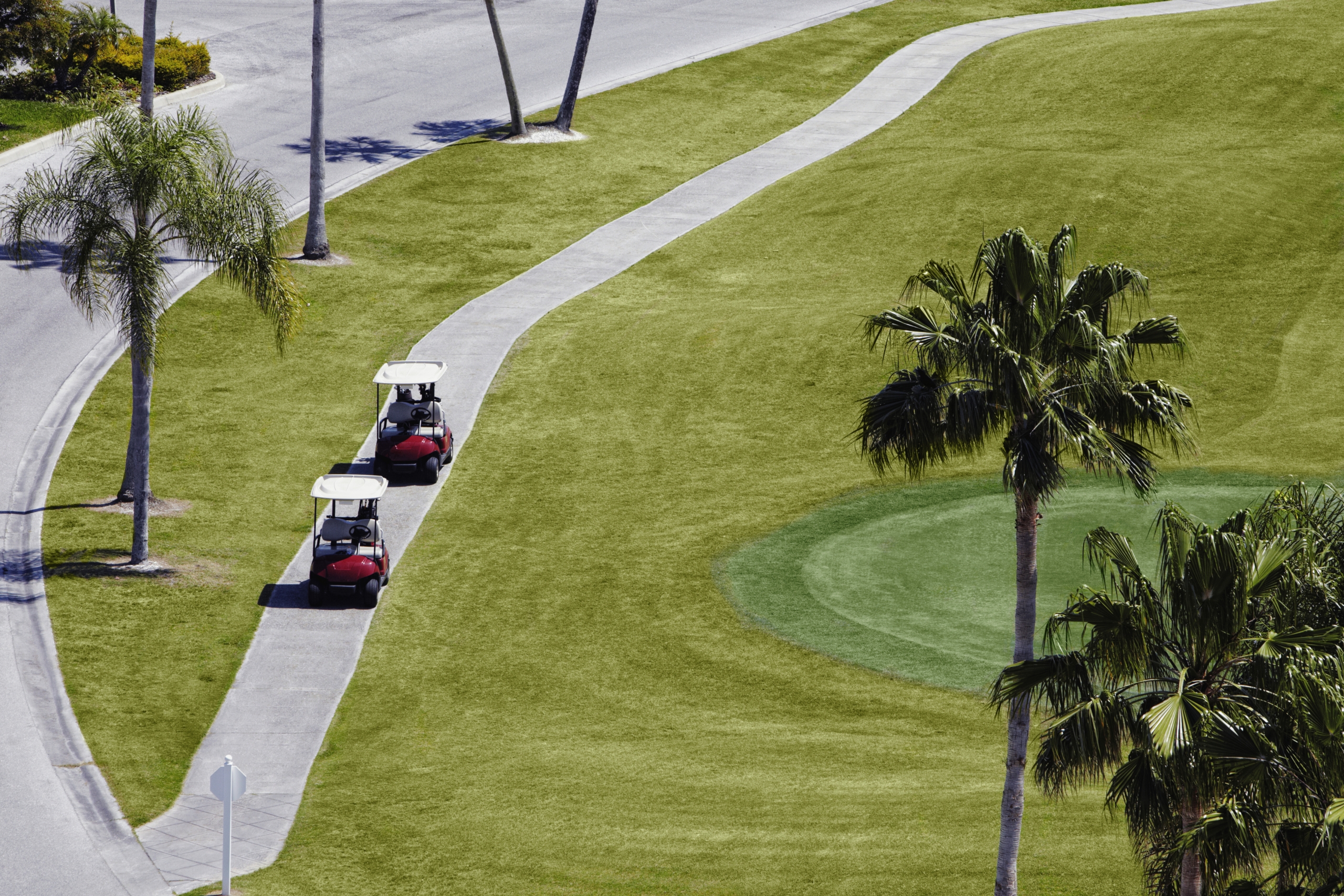
 WATCH DEMO
WATCH DEMO